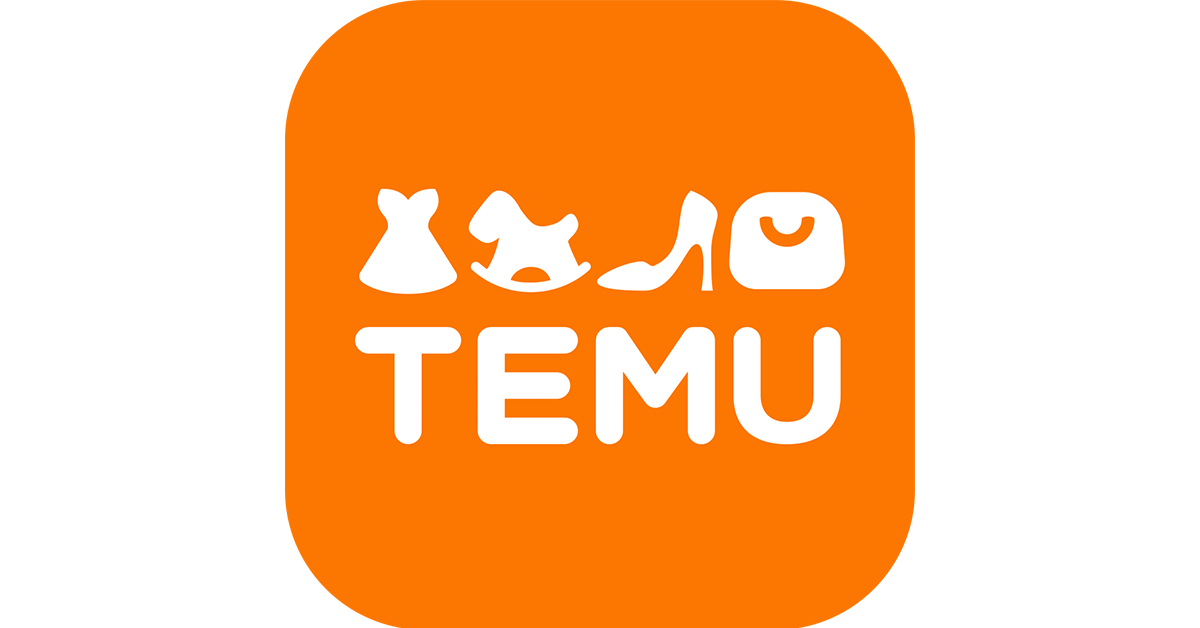Chuseok or Hangawi is a Korean national holiday that celebrates the full moon, wishing for a good harvest ahead of the harvest. The date is Aug. 15 of the lunar calendar every year, and the Chuseok holiday, which lasts for a total of three days, including "one day before" and "the next day," is designated as a legal holiday in accordance with the regulations on public holidays in government offices along with the Lunar New Year holiday.
Chuseok has traditionally been the biggest holiday for the Korean people, and is considered the biggest holiday in modern Korea. (In the paragraph of 'the biggest holiday of the nation.') Around Chuseok, most grains and fruits are not ripe, and before harvesting, it is the main meaning of Chuseok to roll up the grains in advance to pray for the ancestors and pray for a good harvest.It was a holiday to enjoy while visiting graves and playing because the summer farming was already over, and the weather was appropriate ahead of the big event of autumn harvest.
Therefore, although Chuseok is often described as "Korean Thanksgiving Day" when translating and introducing it into a foreign language, there is a difference in that Chuseok in Korea is a day to pray for a good harvest before harvest, and Thanksgiving in the United States is a day to be thankful for having already finished harvesting. In Korea, a custom that is meaningful for thanksgiving was the Sangdalgosa, which was held during the 10th lunar month after the harvest was over
If there is a leap year within a year after Chuseok, August 15th of the lunar calendar is much earlier than the solar calendar. When it is difficult to obtain materials for ancestral rites, the memorial service is held on September 9 (Jung-gu) of the lunar calendar, or it was originally held on September 9th of the lunar calendar every year in areas where no new rice came out around Chuseok. Songpyeon eaten on Chuseok is said to be made of rice, which was dried by steaming undercooked rice. In modern times, it was not until agricultural techniques and seeds were improved that people could taste abundant grains and fruits during Chuseok. They plant seedlings in greenhouses and plant early-born hair, and growth promoters are used for fruits. Chuseok became one of the second largest holidays in Korea only after the rules of family rule were announced.
In Korea, there is a culture of returning to one's hometown during Chuseok. Therefore, there is a massive migration of about 10 million ethnic groups every year, and there is a nearly 100 percent chance that there is severe traffic congestion in the densely populated metropolitan area when going down or up from the countryside. On the other hand, downtown Seoul during this period shows a relatively small population density. Some even lampooned the densely populated metropolitan area with jokes about making a special law that allows people to move to the area during Chuseok.
The beginning of Chuseok can be found in the Samguk Sagi and the Shin Jeungdong-guk Yeoji Seung-ram, which cited it. During the 3rd king of Silla, Yuri Lee Sa-geum divided the women in the capital city of Seorabeol (part 6) into two groups and had two princesses lead each group from the next day of Baekjung (July 15th of the lunar calendar), using Sam for a month from the day after Baekjung (July 15th of the lunar calendar), which is the day of the night of Chuseok, and judging the performance for a month on August 15th of the lunar calendar, that is, the day of the night of Chuseok, the day when the loser wins, and pays a treat to the winner and lets everyone enjoy singing and dancing
After deciding on six books, the king divided them into two groups, and the two royal girls gathered in the yard of the great wealth (乙夜: around 10 p.m.) every day from July 16th of autumn to start weaving and finish it, and on August 15th, the loser buys alcohol and rice (酒食) and Baekhee (百戱) and this is called Gabae (嘉俳). At this time, a woman on Jin's side stood up and danced and lamented was called "Hoesoe, Hoeso, 蘇 蘇", and the voice was sad and beautiful, and future generations sang songs with the sound and named it "Hoesoegok".
It is said that the origin of Chuseok is called "Gabae (嘉俳)" and dates back to the Three Kingdoms Period. The name "Gabae" still remains as "scissors" on the day of scissors and Hangawi, and has the same etymology as "center."[18] In addition, the Sinjeungdonggukyeojiseungram recorded that the gilsamnori of Chuseok still continued in the 16th century. In fact, a system called "Duregilsam" was introduced in Gyeongju until the early Joseon Dynasty. # It was also heavily influenced by the Chinese-style Mid-Autumn Festival after that.
While Silla women held a weaving contest, men held an archery contest. According to the Chinese librarians Suseo and Gudangseo, in the 7th century, Silla performed Pungak and threw banquets during Chuseok, and officials gathered at the court to shoot arrows and presented horses and robes as prizes. Either way, it seems that the event had an entertaining atmosphere accompanied by singing and dancing. On the other hand, the Samguk Sagi and Jesaji recorded that a ritual was held at the Omyo Shrine on August 15, so it is possible that the custom of performing ancestral rites during the Chuseok holiday also existed from this time on.
'Korea Culture' 카테고리의 다른 글
| 95. Bindaetteok (0) | 2024.09.12 |
|---|---|
| 94. Songpyeon (0) | 2024.09.12 |
| 92.Korean restaurants, Seoul, and Pungcheon eel in Yeonnam-dong. (0) | 2024.09.03 |
| 91. <Leaving> Movies Review. (0) | 2024.09.01 |
| 90. <whether it's spring or not> movie review (0) | 2024.08.29 |


